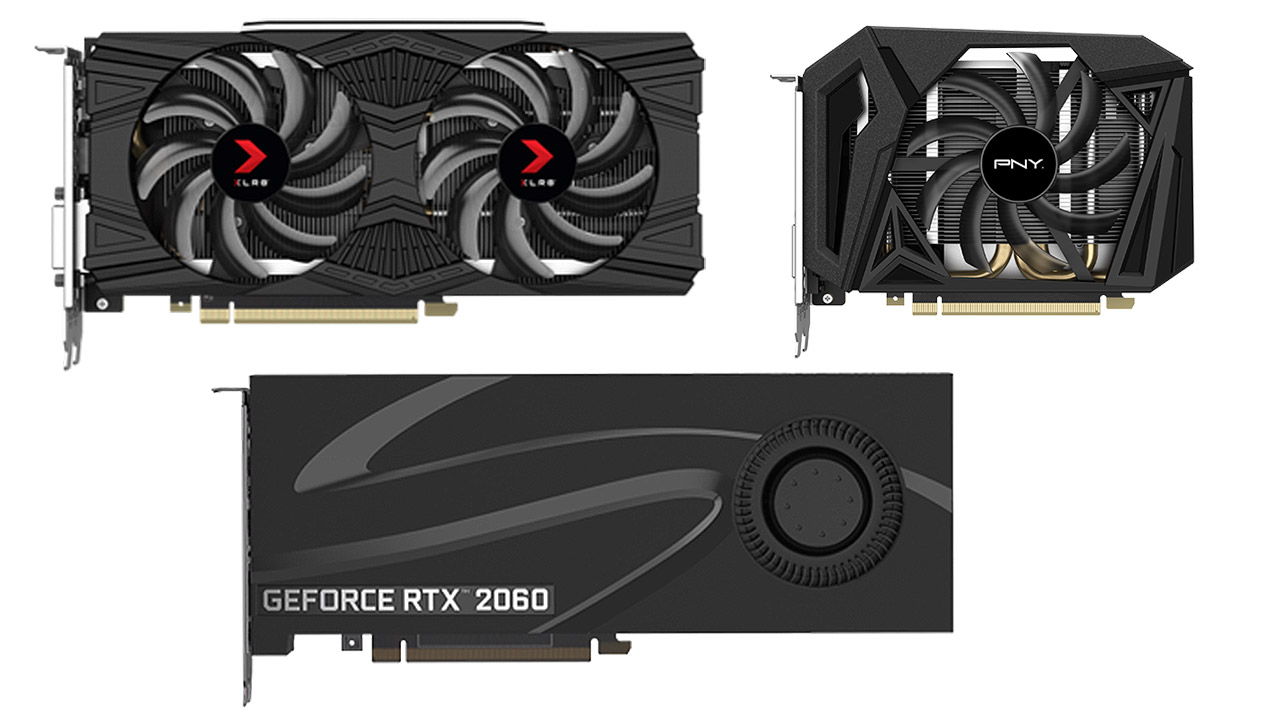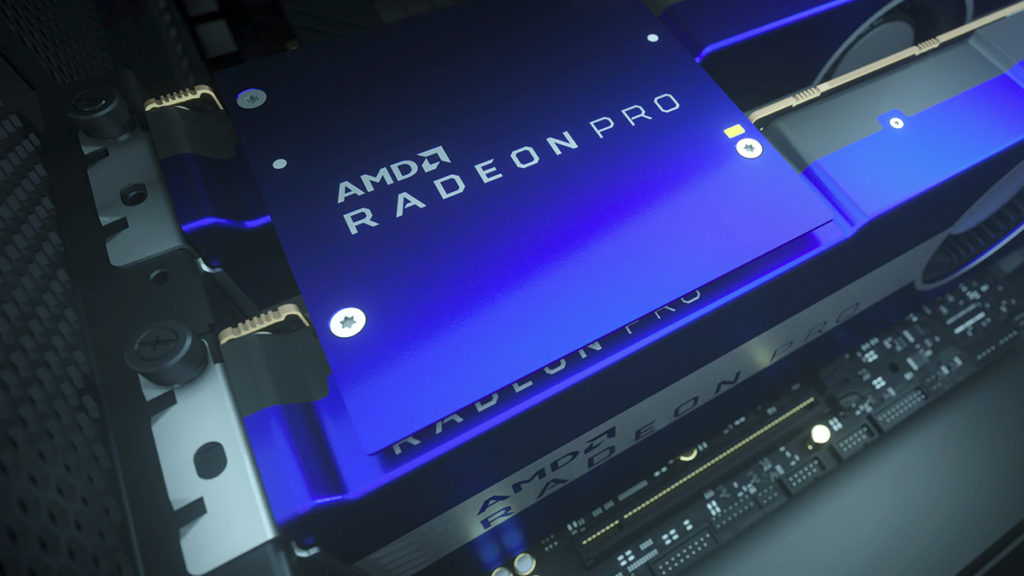

Although the core boost frequency remains the same at 1,777 MHz, the memory speed has been slightly reduced from 15 Gbps to 14 Gbps. Case in point, the core configuration has been reduced from 3584 cores to just 2560, a near 30% reduction, but interestingly the same 48 ROPs remain. The RTX 3050 drops the MSRP from $330 to $250, so you can expect a significant part of the die to be disabled. Even though this release adds a new low-end Ampere offering to the lineup, it's based on the same GA106 silicon used by the RTX 3060. Want to be sure? Start GPU Caps Viewer 1.8.0 and you should see something like this:įrom my tests, on Windows Vista, OpenCL GPU is supported by Radeon HD 3000 (at least the HD 3000 is detected as an OpenCL device but I didn’t manage to run the demo because of a linking error), Radeon HD 4000 (I tested a HD 4850 with success) and HD 5000 series (HD 5770 and HD 5870).Today we're checking out Nvidia's GeForce RTX 3050, a new budget GPU addition to the RTX 30 series.

After that, you should have an OpenCL GPU + CPU support. Once the Catalyst 9.12 is installed, you have to install the ATI Stream beta4 SDK. Actually, Cat 9.12 doesn’t inlcude a standalone OpenCL support: you must install the ATI Stream v2 beta4. Now you have a clean system, you have to install the latest Catalyst 9.12 hotfix that includes OpenCL support. In some cases, it’s not enough and a fresh install of Windows may be the solution (that’s what I did for Catalyst 9.12… 🙁 To be sure your system is clean, just run Guru3D’s driver sweeper to remove ForceWare leftovers. Yes, my friends, AMD provides OpenCL with CPU and GPU support.

If, like me, you have both ATI and NVIDIA drivers on your system, the GPU code path of AMD’s OpenCL won’t work. Enabling OpenCL on AMD platformĪh here we are, with AMD it’s trickiest! The most important thing is that your system must be clean of NVIDIA display driver residues. After the driver installation, start GPU Caps Viewer 1.8.0 and you should see something like this:Īll GeForce 8 and higher are OpenCL-capable devices. The OpenCL.dll that comes with R195.38 is actually the Khronos OpenCL interface and real OpenCL implementation is hidden in some nvcuda files… Anyway installing R195.39 / R 195.62 is enough to have OpenCL on your system. R195.39 is the first driver that offer a public OpenCL support. On NVIDIA platform, OpenCL comes with the latest R195.39 or R195.62 WHQL. Here is a small HowTo about enabling OpenCL on Both AMD and NVIDIA hardware under Windows. First versions of OpenCL implementations are now available for NVIDIA and AMD platforms (platform… this is a term you will see often with OpenCL).


 0 kommentar(er)
0 kommentar(er)
